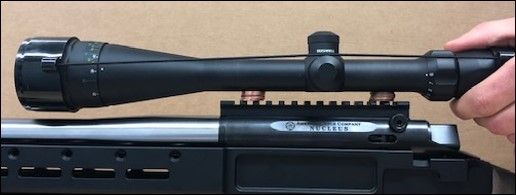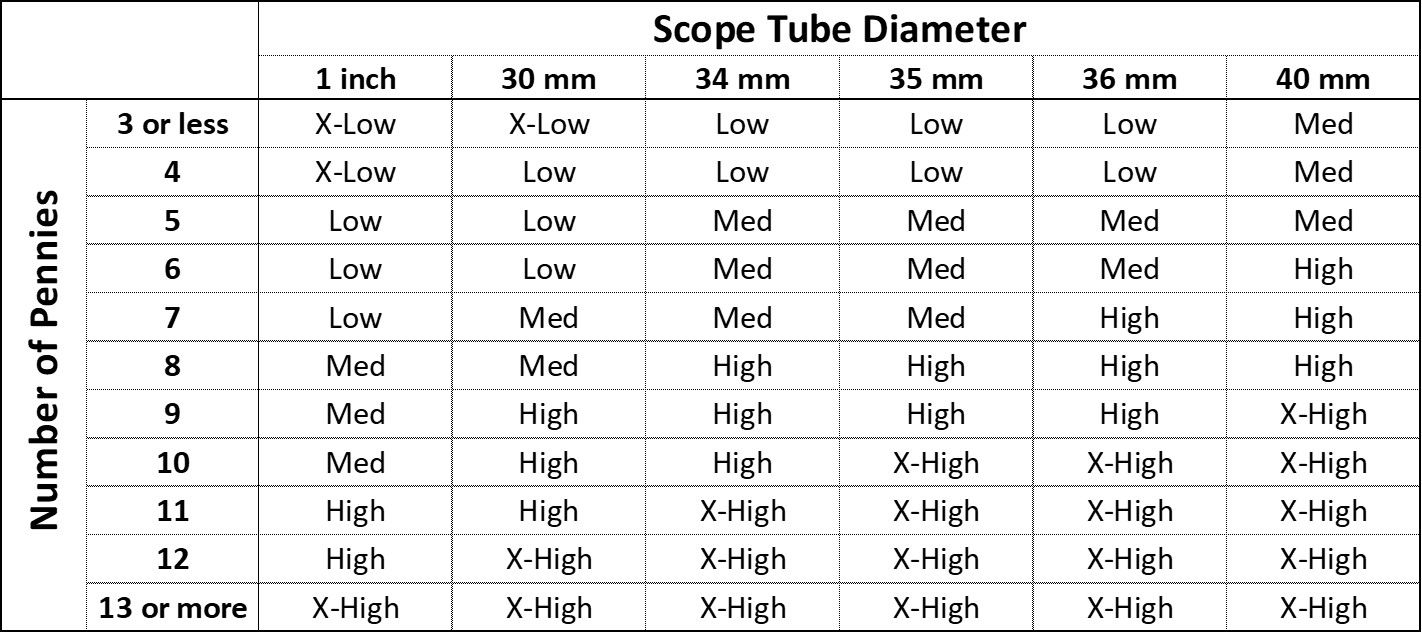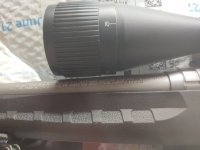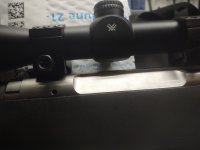Re: Ring Height Info - How to Measure Correctly
What about alloy v,s steel
Before answering your question, I'd like to clear something up.
The colloquial use of alloy is misleading. An alloy is an amalgam for two or more metallic elements. Therefore, nearly all steels in use today are alloys. Even 1018, which is about as simple as steel gets, has a bit of manganese in it which makes it an alloy. The same goes for aluminum alloys, all of which contain at least one metallic element in addition to aluminum.
The commercial use of the word "alloy" do denote aluminum alloys or "polymer" to denote plastics is a practice that I regard as unscrupulous. It's basically bullshit embellishment by salesmen and marketing types selling wares without substantive qualities.
That aside and getting to your question, it is an issue of strength and strength depends on the type of alloy used and the shape of the part, i.e. the scope ring.
For instance, 7075-T6xx aluminum alloys have about twice the tensile strength of 1018 steel. But, 4140 steel heat treated to a hardness of about 35 Rockwell C has about twice the tensile strength of 7075-T6xx. But that pertains only to tensile test specimens of the same shape and says nothing about the shape of the rings. 7075 aluminum rings of one shape can be stronger or weaker than 4140 steel rings of another shape. Further complicating matters, the strength of the shape can be difficult to determine because it will ultimately come down to the effects of stress concentrations. Within a given part and depending upon the loads applied to it, stress will be concentrated near abrupt changes in shape.
So the answer is, it depends, which happens to be the answer to most questions in life. It depends on the specific alloy used, how that alloy is heat treated and finished (plating or coating) and the shape of the part.
At American Rifle Company, we make our M10 Rings and our M-BRACE mounts from 7075 T6xx aluminum. We are now also making rings for our Mausingfield hunting actions from 4140 steel. And we've also made rings from titanium. The material we choose ultimately depends on the problem we wish to solve.
As a consumer, your best bet is to stick with trusted brands. I think American Rifle Company makes the best rings and mounts in the industry, but I also own the company. So to be fair, I must mention that others do a nice job as well. Badger Ordnance has served the market extremely well and they too make rings and mounts from both aluminum and steel. I'm actually quite fond of a pair of Badger steel rings that I've owned since before I started American Rifle.
Oh, and one last point. Apart from avoiding physical interference between scope and rifle, the most important consideration when choosing scope ring height is your comfort. Many people come to us and ask, "I want my scope mounted as low as possible so what ring height should I choose?" And when we ask them why they want their scope mounted as low as possible, they usually reply, "Well, that's just what I read on the internet." The low mounted scope myth is exactly that, a myth. It has little or no relevance today. It stems from the days when rifles having traditionally shaped stocks and barrel-mounted iron sights were first fitted with scopes. The stocks were design for use with irons, invariably making their combs too low for use with scopes. To mitigate this, shooters wanted the lowest possible scope height, which usually wasn't low enough. This is a no longer a problem In today's world of adjustable stocks and chassis. You will shoot better if you're comfortable on your rifle, so choose a right or mount height that makes you comfortable.
I hope this helps.
Ted





